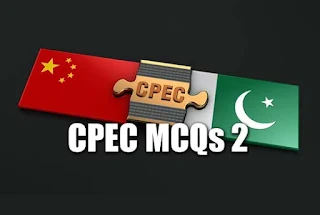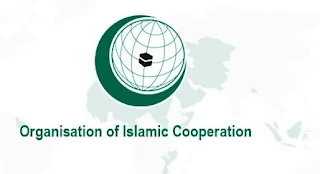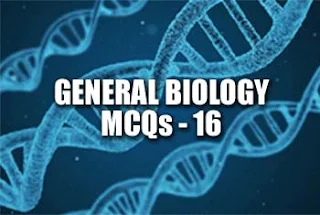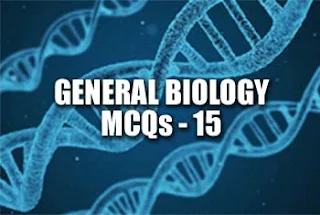China-Pakistan Economic Corridor CPEC MCQs - 3
China-Pakistan Economic Corridor CPEC MCQs - 3
1. Pakistan and China inked five Agreements and a Memorandum of Understanding for strengthening collaboration between Gwadar and the Chinese port cities on:(a) 28th January 2018
(b) 29th January 2018 ✓
(c) 30th January 2018
(d) 31st January 2018
2. The MoU on Gwadar Poverty Alleviation Initiative was inked between Gwadar district government and
(a) Nepal Overseas Ports Holding Company
(b) Hong Kong Overseas Ports Holding Company
(c) Singapore Overseas Ports Holding Company
(d) China Overseas Ports Holding Company ✓
3. Which Prime Minister of Pakistan formally inaugurated the first phase of Gwadar Free Zone – an important node of China Pakistan Economic Corridor on 29th January 2018?
(a) Doctor Abdul Malik
(b) Mian Nawaz Sharif
(c) Shahid Khaqan Abbasi ✓
(d) Mian Shahbaz Sharif
4. Who is current Chairman of Gwadar Port Authority?
(a) Zubair Mahmood Hayat
(b) Mir Hasil Bizenjo
(c) Dostain Khan Jamaldini ✓
(d) Marriyum Aurangzeb
5. Who current China’s ambassador to Pakistan?
(a) Yu-Fei Marine
(b) Yao Jing ✓
(c) Zhang Baozhong
(d) Zhang Yao Wan
6. The volume of investment was pushed to $46 billion to $55 billion during the Federal Minister of Planning, Development and Reforms?
(a) Makhdoom Khusro Bakhtiar
(b) Ahsan Iqbal ✓
(c) Sartaj Aziz
(d) Dr. Nadeem ul Haque
7. As per 2017 the value of CPEC projects is worth
(a) $46 billion
(b) $62 billion ✓
(c) $55 billion
(d) $60 billion
8. _____ CPEC became partly operational when Chinese cargo was transported overland to Gwadar Port
(a) 13 November 2016 ✓
(b) 13 November 2015
(c) 13 November 2017
(d) 13 November 2018
010203





















